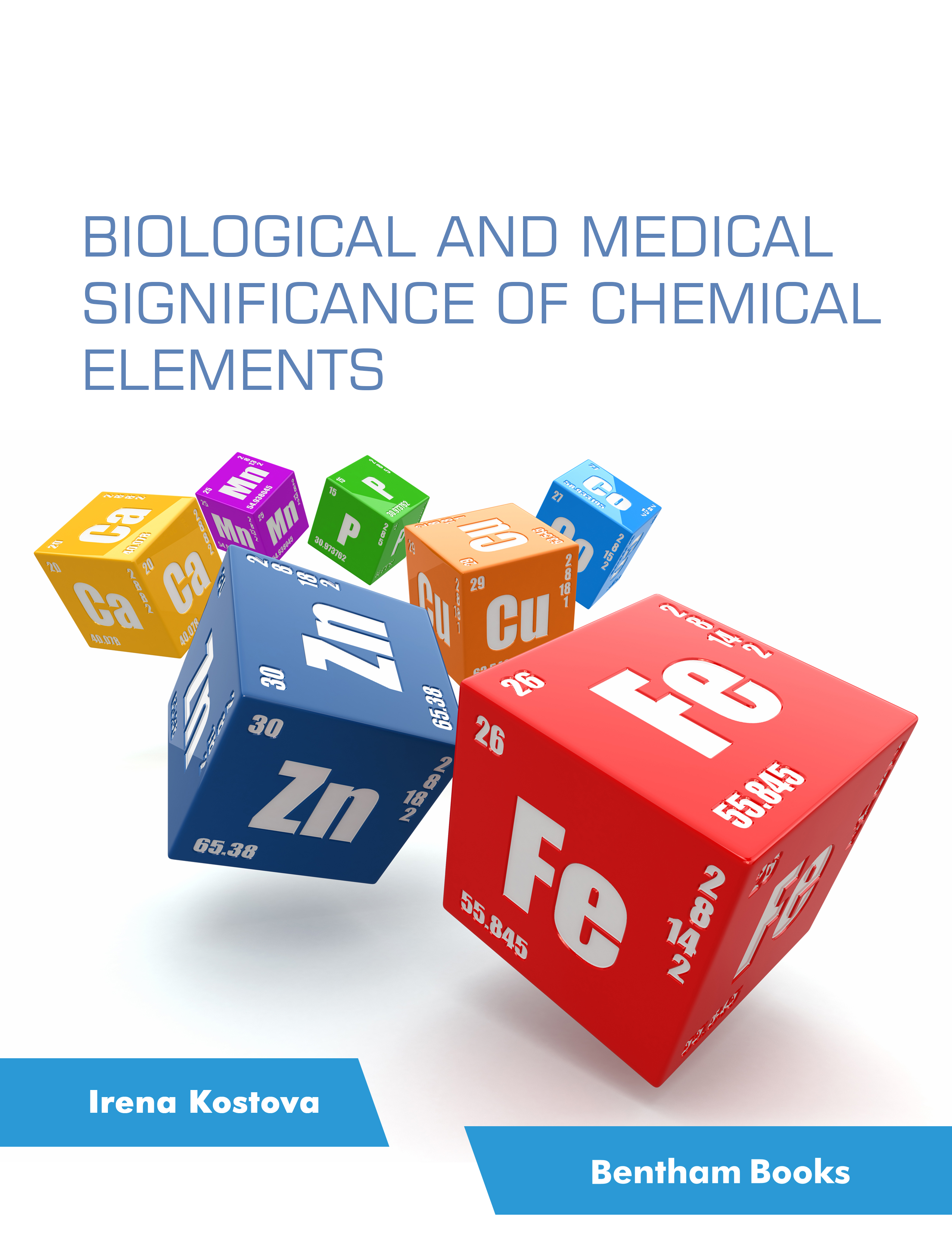This book attempts to highlight the current knowledge of the biological role of chemical elements of the periodic table in organisms’ life. The first part covers the occurrence in the body and in the environment, the chemical properties, and biological functions of all the chemical elements of the periodic table in detail. The second part focuses on the effects of chemical elements on human health and describes the beneficial effects of the incorporation of chemical elements in drugs including the latest trends in the development of new pharmaceuticals. Essential elements useful in diagnosis and therapy, and notable features in their chemistry, which relate to their biological activity are emphasized.
The book deliberates the importance of chemical elements in the lifecycle from both chemical and biological perspective and their role in biological pathways. The biochemistry of the essential non-metals oxygen, nitrogen, carbon, hydrogen, sulfur, and phosphorus is well studied, but all other elements in the periodic table have multiple functions and a serious influence on life processes despite their lower amounts in the body. Their biological role is of great importance and should be considered, especially the functions of the biogenic metals Na, K, Mg, Ca, Cu, Zn, Fe, Co, Mn, and Mo. Many other chemical elements, though non-essential, are present in biological systems and some of them are in higher amounts than some essential ones. However, non-essential elements are bioactive, having either beneficial (healthy) or harmful (toxic) effects depending on concentration. Each element is buffered in a certain range of quantities in order to minimize interference with the other elements or biomolecules and to obtain its required specificity of action. Many transition and trace metal ions and some biometalloids are constituents of naturally occurring metal-based biomolecules with fundamental biological roles in enzyme catalysis, in the structures and interactions of macromolecules of the body, in the regulation of metabolic pathways, in biomineralization processes, etc.
A periodic table of the elements, required for life, commonly includes all the elements observed in life functions for human, animal, and plant health. Although the journey through the periodic table illustrates the specific functions of biogenic elements, there are some elements whose functions in living systems are poorly understood. Research demonstrates that we need to know more about all elements and address their functions, even those that are considered non-essential. Inorganic compounds have been used in medicine for many centuries, but often only in an empirical way with little or no understanding of the molecular basis of their mechanisms of action and in many cases with little experience in designing targeted biologically active compounds. Diagnostic and therapeutic nuclear medicine uses many elements representing a large part of the periodic table. For many of them, it is necessary to find out in more detail the negative side effects. The information about the complex pathways of biological processes where various elements of the periodic table play important roles will help in understanding various diseases and treatment options.
Moreover, the duality which exists in the biology of the elements in the groups of the periodic table is also of great importance for the protection against the biochemical mimicry and competition of chemically similar elements. Conditions of overload and deficiency pose a risk of accumulating, toxicity or various disease obstructions. Many drug molecules and metal-based complexes have been discovered in recent years for diagnostic and therapeutic purposes, which also highpoint the importance of metal ions and the synergistic functions of elements in humans and other organisms. Many exciting challenges remain in this field. The aim of the current book is to give a comprehensive, authoritative, critical, and appealing account of general interest to the chemistry community.
The Author
Irena Kostova
Department of Chemistry
Faculty of Pharmacy Medical University-Sofia,
2 Dunav St.,
Sofia 1000,
Bulgaria

